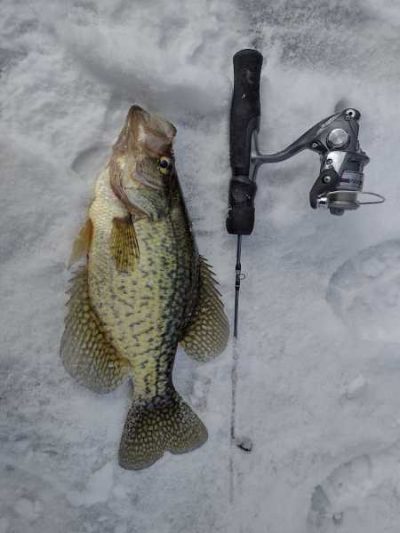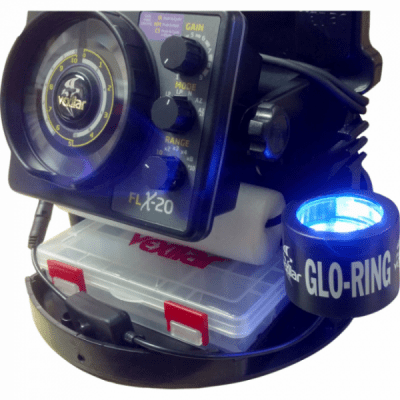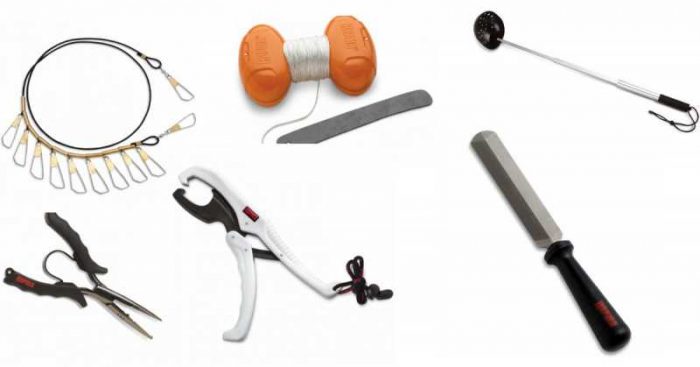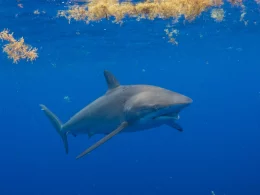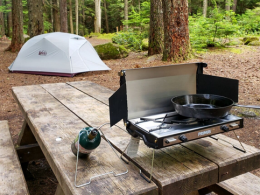Ice fishing is among the most popular winter pastimes for northerners looking to escape outdoors and enjoy a little bit of mother nature, even if that includes sitting on a bucket, or in a shack (if you’re lucky) on a frozen lake as you try to pull fish from a freshly drilled hole below you. While it may seem intimidating or even a tad bid insane, ice fishing is approachable, enjoyable and welcoming to all, so long as you dress for it and keep safety in mind
The first rule in ice fishing is the aforementioned safety, which is always numero uno in adventurous activities but this becomes especially true in something that involves walking onto a frozen lake. Before ice fishing, anglers typically wait until there is at least four inches of hard clear ice before venturing out. Personally, I like to wait until I see six solid inches and hear reports of success from the anglers that ventured onto thin ice a few weeks prior.
Once you feel comfortable enough to head out, it’s essential to bring the proper safety equipment with you in case something does go haywire. Ice picks, a throw rope, a spud bar, and floatable winter jackets are just a few of the things that will make you feel more secure. And just as importantly, having a fishing buddy to join you on the mission is another way to ensure a safe experience.
The next step in the process will be collecting the gear needed for a successful day on the ice. To start, you’ll need an auger which is the tool used to drill a circular hole through the ice, and the small holes the auger creates is where you drop the line and begin fishing.
There are manual powered augers which you turn by hand and there are motorized augers which depend on gas or electricity to propel the auger head that drives it’s metal blades into the hard ice. Generally an ice fishing auger will cost anywhere between $100-500 depending on the make and model you choose.
Table of Contents
What Type Of Rod Do You Need For Ice Fishing?
Unlike in open water fishing when lines are cast out and then retrieved horizontally, in ice fishing lures are simply dropped vertically into the hole and then worked in an up and down motion over a single spot. Since no casting is involved there is no need for a longer fishing rod, in fact a shorter rod measuring between 18-36 inches will be more suitable and practical when fishing through the ice. The maneuverability from a smaller rod allows anglers to hover directly over the hole and work their presentation more effectively. Expect to pay between $15 on the low end for a suitable ice rod and up to $100 for a high end custom made ice fishing rod. Finding a solid ice fishing rod and reel combo set ranging in price between $30-50 would be my suggestion. They’ll be sensitive enough to detect bites but and have a reel that will outlast the super cheap options.
The smallest size spinning reel you can manage spooled with a line between 2-8lbs will be the deal for most ice fishing applications. There are spinning reels specifically made for ice fishing but using a downsized reel that you might use for trout or panfish during the open water season will work just fine. The newly popularized inline ice fishing reels are another great option, anglers prefer these for their ability to drop baits down quickly, simply, and avoid the dreaded line twist common when jigging with a spinning reel.
The Best Ice Fishing Line and Lures
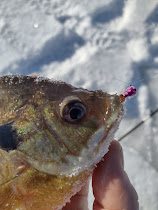
Fish are generally less active and therefore less willing to chase lures as aggressively as they may in the summer. Knowing this, it’s best to downsize and slown down while ice fishing in the winter months. Start with your line, instead of the heavy duty stuff, opt for something lighter and subtle that will help you detect bites easier while presenting a more natural offering.
For panfish and walleye which are often the most targeted species through the ice you’ll want to use between 2-8lb monofilament or fluorocarbon fishing line in most situations. The thin diameter and suppleness from a light line will present better action to your lure, be less detectable to fish, and will allow you to better recognize a gentle bite from a fish.
Small jig heads, jigging spoons, and Rapala Jigging Raps are all popular choices because of their ability to present an attractive motion when moved vertically with the up and down twitching action from the angler on the other side.
Some anglers prefer artificial lures made from metal or plastic while others pair natural baits with small jig heads to better attract their quarry. The most popular ice fishing live baits typically include waxworms, euro larva, small minnows, and small red worms.
Once a bait is selected you’ll have to decide whether it needs to be “paired” with something. For example, small jig heads without any attracting features should always have some type of attractant added like a piece of live bait, soft plastic, or other materials. However, a jigging spoon or jigging rap are painted, shiny, or include enough other features to fool a fish into biting completely on their own.
How To Decide Where To Go Ice Fishing

Once you’re dressed and ready, a safety plan is in action, and you’ve gathered all the gear, well now the real fun starts, it’s time to hit the hard water and start ice fishing.
During the winter months fish will often be found in similar areas you’d find them in the open water season. This can be on a weed edge, offshore hump, or near a main point on the lake. However, fish generally move a tad deeper in the winter months and won’t usually be hiding under a dock, or just off a rock sitting a few feet from the bank. Fish will stay shallow if that is there only given option but generally they like to push out a little deeper in the cold months where they find their wintering haunts.
Look for areas on the lake that have sharp breaklines which is when the water starts to quickly plummet from shallow to deeper water. Oftentimes this is where you’ll find a change in the vegetation type, bottom contour, and if not, it’s just an easy place for fish to access both shallow and deep areas.
Other obvious destination points include main lake points, offshore humps, and shallow weed flats where bass, bluegill, and northern pike like to roam.
Ice Fishing Electronics: What You Need To Know
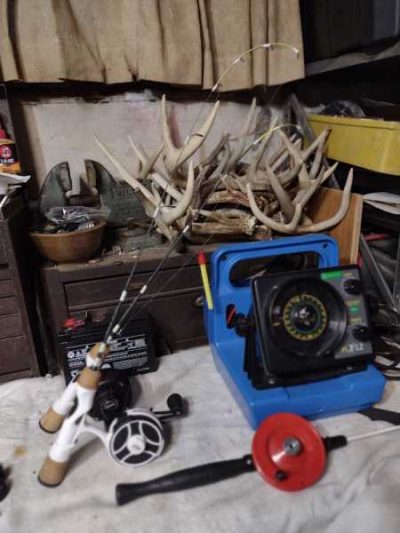
An ice fishing fish finder, commonly called a flasher or graph, is a tool anglers use to better locate fishing locations, fish, and other determining factors on where to wet a line. Vexilar is the top producer of ice fishing flashers which use sonar technology that allows anglers to easily detect their lure and fish below the surface. The instantaneous response from a Vexilar sonar ice fishing graph enables anglers to interact with their lure and the chasing fish below as they watch it engage with their lure.
The Best Ice Fishing Flashers & Accessories For The 2022 Winter Season
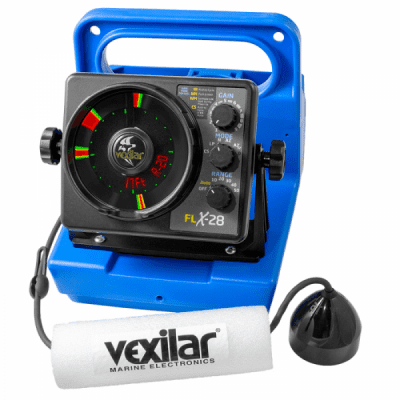
Vexilar FLX-28 Genz Pack w/Pro-View Ice-Ducer®
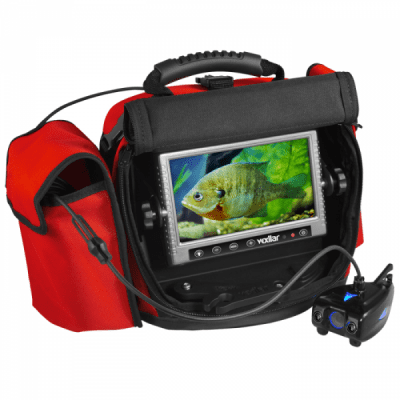
Vexilar Fish-Scout 800 Infra-Red Color/B-W Underwater Camera w/Soft Case
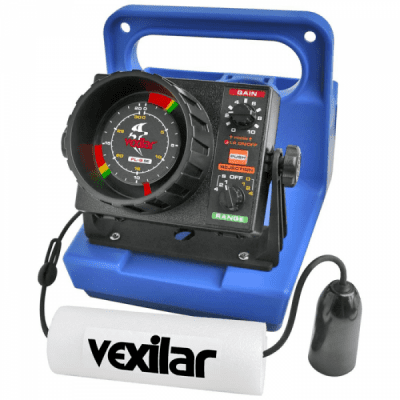
Vexilar FL-8SE GENZ Pack w/19º Ice Ducer
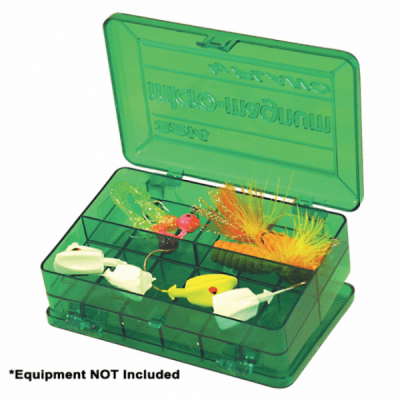
Plano Pocket Tackle Organizer – Green
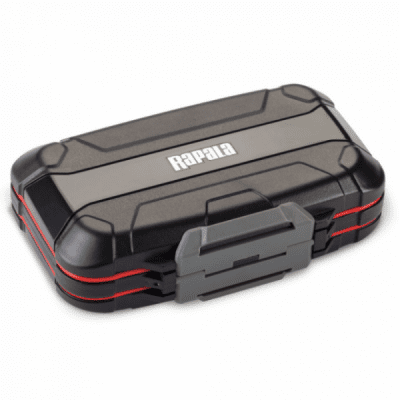
Rapala Utility Box – Medium
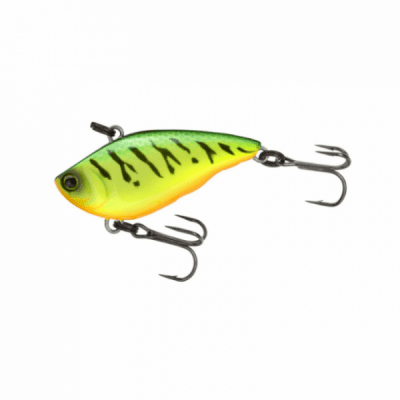
Yo-Zuri RattlN Vibe

Vexilar Fish-Scout 800 Infra-Red Color/B-W Underwater Camera w/Soft Case
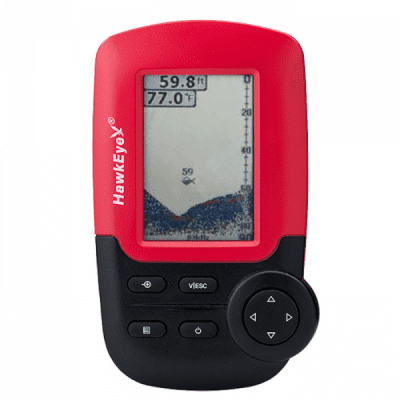
HawkEye FishTrax™ 1C Handheld Fish Finder w/HD Color VirtuView™ Display


